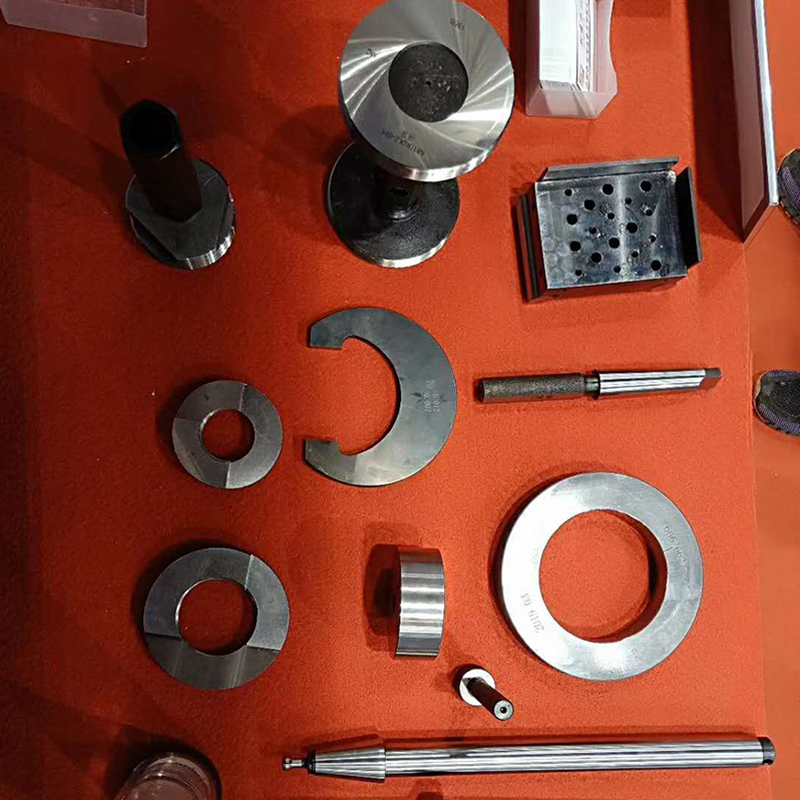ኅዳር . 08, 2024 08:55 Back to list
Building a Durable Welding Table for Perfect Projects at Home
Making a Welding Table A DIY Guide
When it comes to welding, having the right workspace is crucial for achieving quality results. A sturdy welding table can significantly enhance your efficiency and safety during projects. In this guide, we will walk you through the process of making a welding table that suits your needs, emphasizing key features, materials, and construction steps.
Step 1 Planning Your Welding Table
Before you start gathering materials, you need to plan the design of your welding table. Consider the following factors - Size Determine the dimensions based on the types of projects you plan to work on. A standard size may be around 2 x 4 feet, but larger projects may require a bigger table. The height should be comfortable for standing or sitting while working, typically around 34 to 36 inches. - Material Choose a durable material that can withstand high heat and mechanical stress. Common materials include steel or heavy-duty plywood topped with a metal sheet. - Portability Decide if you want a fixed table or one that can be moved easily. Adding wheels can enhance mobility.
Step 2 Gathering Materials and Tools
For building a welding table, you will need the following materials
Materials - Heavy-duty steel tubing for the frame - A steel plate (1/4 thickness) for the tabletop - A set of wheels (if mobility is desired) - Welding rods or wire (depending on your welding method) - Fasteners and brackets for added stability
Tools - Welding machine (MIG or TIG) - Angle grinder - Measuring tape - Level - Clamps - Safety gear (gloves, goggles, and a welding helmet)
Step 3 Constructing the Frame
making a welding table

Begin by cutting the steel tubing to size according to your planned dimensions. Construct a rectangular frame that will support the tabletop. Ensure the corners are square by using a carpenter's square and verifying with a level. This frame will provide the needed strength to support heavy materials during welding.
Weld the corners of the frame securely, ensuring there are no gaps. For added stability, consider adding cross braces in the middle of the table to prevent wobbling. If you are adding wheels, now is the time to attach them to the base of the frame.
Step 4 Preparing the Tabletop
Once the frame is complete, move on to the tabletop. Cut the steel plate to match the dimensions of your frame. Before attaching it to the frame, smooth out any sharp edges using an angle grinder to ensure safety during use.
Weld the steel plate to the frame, ensuring that it is evenly aligned and securely attached. Again, check for any surface imperfections that may need smoothing out.
Step 5 Finishing Touches
To enhance the functionality of your welding table, consider adding some finishing touches - Workbench Accessories Magnetic tool holders, clamps, and storage bins can help keep your workspace organized. - Surface Treatment Applying a heat-resistant paint or coating can protect the steel from rust and increase its longevity. - Adding a Grounding Clamp This will provide a reliable ground for your welder, improving safety and reducing weld defects.
Conclusion
Making your own welding table is a rewarding project that can greatly improve your welding experience. By designing a table tailored to your needs, you create an efficient workspace that can handle the demands of various projects. Whether you are a hobbyist or a professional welder, a sturdy table enhances productivity and safety. With this guide, you now have the essential steps to construct a reliable welding table that will last for years to come. Happy welding!
-
Right Angle Ruler Innovations in Measuring ToolsNewsJul.18,2025
-
Parallel Ruler Maintenance for Long-Term AccuracyNewsJul.18,2025
-
Magnetic V Block 4 Inch Cost Effectiveness AnalysisNewsJul.18,2025
-
Internal Thread Gauge Innovations for Faster InspectionNewsJul.18,2025
-
Ground Anchor Applications in Construction and LandscapingNewsJul.18,2025
-
Butterfly Valve Types StandardsNewsJul.18,2025
Related PRODUCTS









